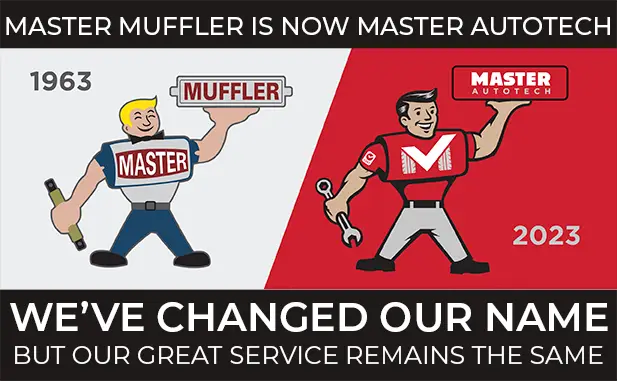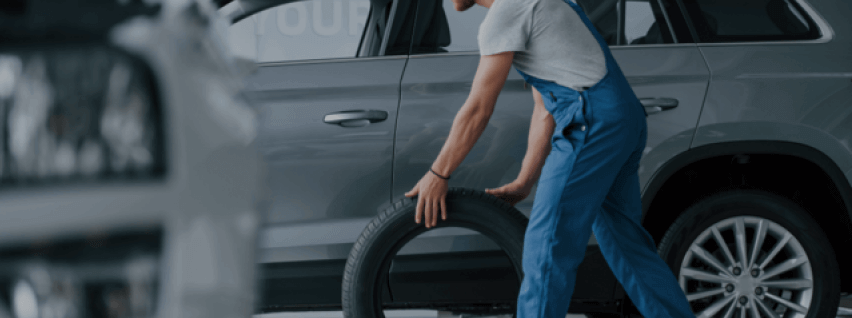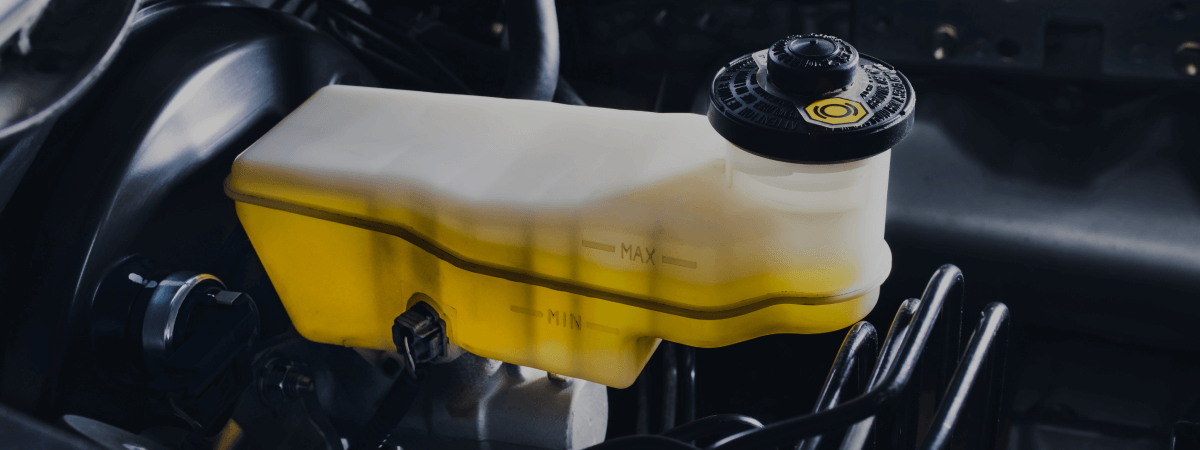When your car starts making funny noises, how do you know if you have a rod knock? Many things can cause new strange noises in your engine, so how can you tell what the problem is? First off, you need to buy a stethoscope at the auto parts store so you can tell exactly where the noise is coming from.
Diagnosing engine noises requires splitting the possibilities down to only one. Check out all the accessories such as the alternator, power steering pump, A/C Compressor, and vacuum pump by removing the belts one at a time. If the noise goes away when the belt is off, you know a belt driven accessory causes the noise.
If you still hear the noise with the belts off, leave them off while you continue your search. If your engine has a carburetor instead of fuel injection, put your hand on it before the engine gets too hot. If it is making the noise you should be able to feel it.
If you still haven’t found the source of the noise, use your stethoscope tip or the end of a hose suckered to the engine surface to seal the end. Spend some time putting the hose all over the engine while you envision the parts moving inside. During this process you are training your ear, so take your time. A well-trained ear can tell exactly which part of the engine is causing the noise just from listening from the outside of the engine.
Rod knocks are the loudest at higher speeds such as 2500 RPM. You might get a distinctive back rattle at speeds between 2500 and 3500 RPMs when “Feathering” the gas pedal. You can also get double knocks if enough rod bearing material has been worn away.
Knowing which cylinder has the noisy parts can be determined by shorting out the plug wires one by one with a low voltage test light. With the alligator clip attached to a ground, away from any fuel system components, pierce the wire boots at the coil pack or distributor end of the wire. If the noise changes when the plug is shorted, you know the problem is in the reciprocating bottom end parts.
If the sound didn’t change, then you need to look at other parts instead of the reciprocating ones. If you have determined the problem is in the engine, you next need to figure out why the parts failed. Often you may find more than one rod banging.
Utah auto repair specialists can help you diagnose your engine noises. Utah auto repair technicians can help you with any repairs that may be necessary. Once Utah auto repair workers have your car fixed, you can be back on the road again in practically no time at all.
Related Posts
Key Takeaways On average, passenger vehicle tires last 40,000 to 60,000 miles, depending on type, driving habits, and maintenance. Replace tires when tread depth reaches 2/32”, if damaged, or older than 10 years. Regular rotation, alignment, and proper inflation extend tire life. Aggressive driving, poor roads, and harsh weather shorten tire lifespan. Take advantage [...]
When you think about car maintenance, you probably focus on oil changes, tire rotations, and maybe even brake pad replacement. But what about your brake fluid? If you’ve ever wondered, “What does brake fluid do?” or “Why is brake fluid important?”, you’re not alone. Brake fluid might not be the most talked-about part of [...]
Is that high-pitched squeal from your brakes driving you—and everyone else—crazy? Don’t ignore it. Squeaky brakes aren’t just annoying, they’re your car’s way of saying something needs attention. Whether you're cruising through Salt Lake City or winding up Idaho’s mountain passes, here’s what’s likely going on, how you can fix it, and when it [...]





